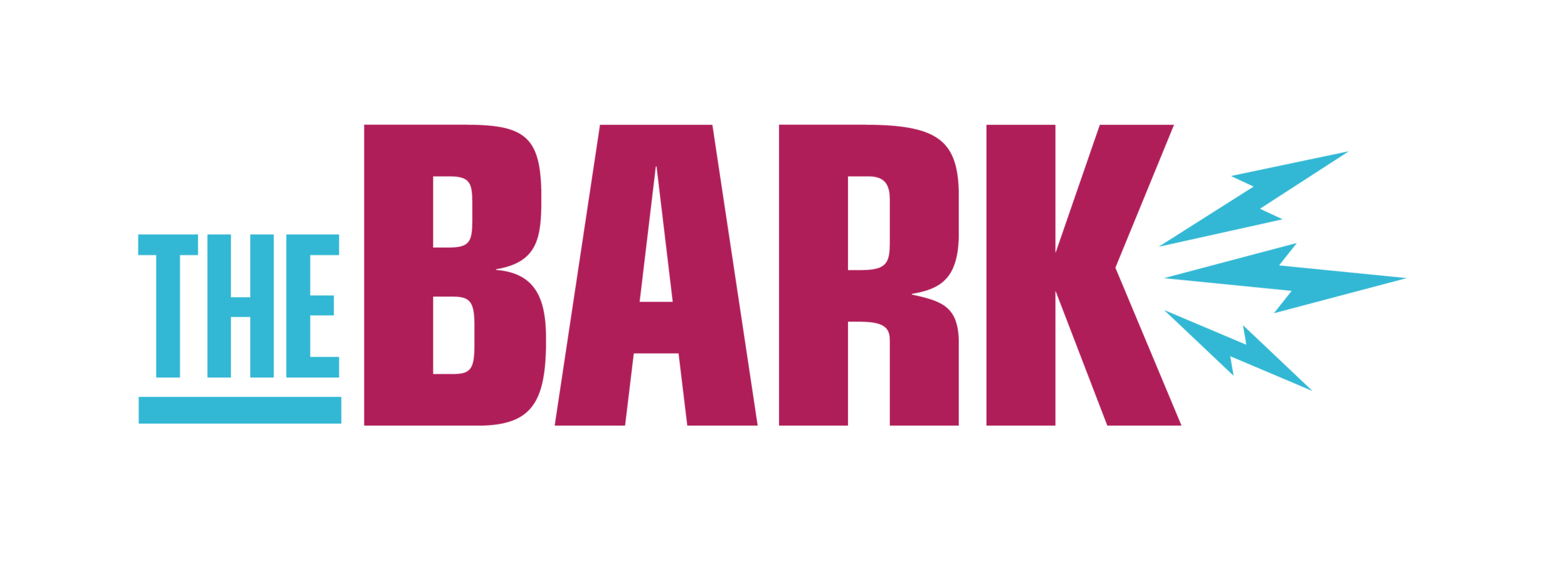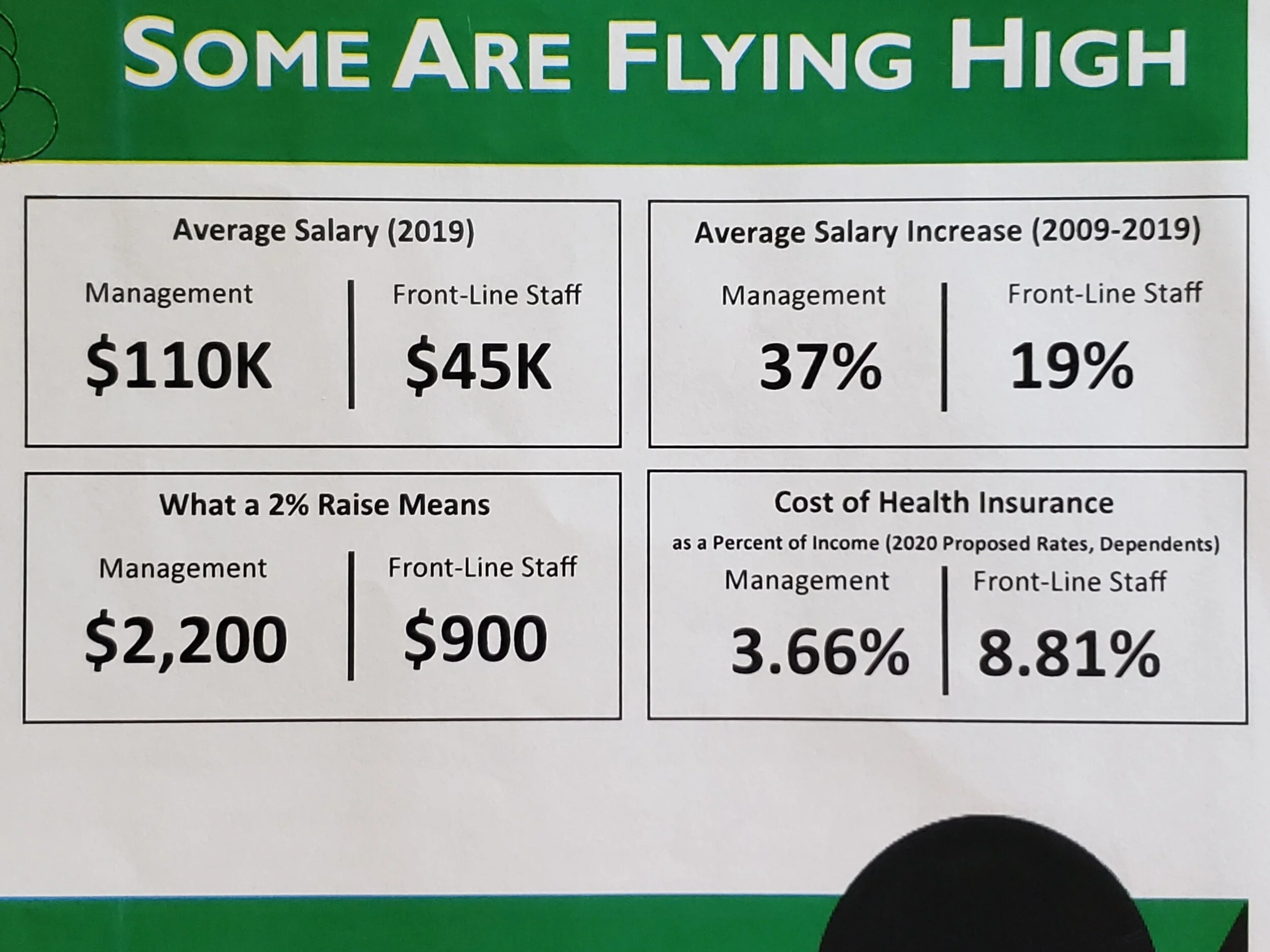New University President Joan Gabel visits UMD
President Joan Gabel held a Town Hall at UMD in the Kirby Ballroom, run by Chancellor Black, who asked questions that were sent in by audience members. Photo by Atticus Hodges
New UMD President Joan Gabel explained they University’s system-wide strategic plan as well as answered questions on Tuesday, Oct. 1. President Gabel was officially inaugurated on Sept. 20 at the Twin Cities campus.
Gabel has extensive background serving on university campuses, holding faculty positions at The University of Missouri, as well as Georgia State University. Most recently, she served as executive vice president at the University of South Carolina where she helped develop scholarly enterprise, increased enrollment and created alternative revenue for the University.
Similar topics were posed during the portion of the speech where she answered questions from the audience, with questions ranging from Land Grants, to future enrollment in response to a decreasing number of high school graduates, to the mental health of students.
Systemwide strategic plan
The University of Minnesota Strategic Plan started out because they wanted to “capture the notion that we are a lot of different things with a lot of different points of view but there are some shared values that we have… even if we go about accomplishing those values in different ways,” Gabel said.
The plan began with a hope to find out how to establish more of a connection between all five university campuses, while also acknowledging what is unique about them.
The outline (pictured below) was originally planned to just be one phase where they created a framework on what all campuses valued, but then decided that action also needed to be put in place for these newly created values/objectives.
She hopes that by the end of this next academic year, the University of Minnesota Board of Regents will finally take it up as a vote on the plan, after not anticipating that the process would not even go beyond phase one, and create a system to measure effectiveness.
An outline of how the process has looked so far, with Gabel coming in at an awkward time when Phase Three is just beginning.
Courtesy of the University of Minnesota
Gabel emphasizes on the “MINNtersections”, or what they found to be the intersections on values for all five system campuses. These values are 1) Students, 2) Discovery, Innovation and Outreach, 3) Health, Food, and Water, 4) Community and Belonging, and 5) Fiscal Stewardship.
Mental health, fair distribution of resources, compensation
Mental health is a major priority for Gabel.
A big change that she will be looking to implement while President is to create a council of all five campuses where they will share best practices around mental health, or an “environmental scan” where campuses can channel ways students can find resources. As Gabel stated, “42 percent of incoming freshmen have a mental health diagnosis,” and prioritizing creating an environment where the students will be comfortable in coming forward to seek help.
UMD Maintenance workers holding signs and making their presence feel known in the middle of a contract negotiation between them and the University, where they are fighting for better wages and compensation. Photo by Atticus Hodges
One of the first things on Gabel’s agenda will be negotiating a contract with the food service, facilities and maintenance employees on UMN campuses.
According to the flyer from Teamsters Local 320, who helps represent these workers, “UMN is trying to force a sub-standard contract on thousands.”
According to Curt Swenson, the business agent for Teamsters who is representing the workers, some solutions they are fighting for are fair wages (pictured below), addressing the problem that UMN “laid off and slashed the hours of many food service workers this summer,” and then establishing a harassment policy for these specific workers.
Specific numbers highlighting the difference between maintenance and food service employees’ wages and their management peers. Photo by Atticus Hodges
Gabel stated that she is looking forward discussing this agreement, and emphasized “how much we appreciate every single person who works on our campuses.” Her primary response to how they can find a solution is that the smaller amount of money than they hoped that they would get from the state.
Finally, perhaps the most anticipated question that many were anxious to hear, the new president addressed how all campuses besides the Twin Cities are facing budget issues, and how she would help fix the unequal funding-per-student ratios.
In other words, each student at every other campus gets less money than those at the Twin Cities from the budget, which makes it more difficult for those campuses to provide the same type of opportunity that those at the Twin Cities campus receives.
She said that she had no specific solution yet, since she is in the middle of a two-year budget plan that she had no control over. However, some reasons for this issue was because the state of Minnesota did not give all the money the university asked for in their original plan. And, in addition to trying to fix that, she will look to refresh the resource allocation system, which is essentially how the money is spread out in the university system.
What Duluth thinks
In terms of what the UMD community thinks of the new UMN president, it is mostly a mixture of positivity, hopefulness, and curiosity.
Aaron Shepanik, an instructor in the Swenson College of Science and Engineering for five years, was curious about what Gabel had to say, but more specifically about the budget. He acknowledged that the current budget wasn’t under her discretion, but hoped that in the future UMD would get more of its fair share, since UMD students are paying so much for their education.
Chang’aa Mweti, an associate professor and director of African and African American Studies program who has been at UMD since 2002, agrees with Shepanik, stating that he would have to wait and see what he thinks of President Gabel, because he wants to see if they will remember UMD. He also hopes that under the new President that UMD will be able to grow its minority community and attract a more diverse group of students.
However, many leaders here in the UMD community are optimistic based on what they have seen from Gabel so far.
Neal Bhakta, the UMD student body president, acknowledged that UMD students may feel that Twin Cities is given more attention and resources, but with different enrollment sizes between campuses, we are always going to have to face that.
But what he does want to make sure people know is that we are not the “forgotten stepsister,” and that Gabel thinks that same way as well.
Both Bhakta and Chancellor Black pointed to the fact that since Gabel first came to UMD in December, she has already been back three times, which is a sense of awareness that they and UMD have not felt in a while.
Overall, sentiment toward Gabel was the equivalence of ecstatic, with Black stating Gabel has been understanding in his stressing of the unequal money-per-student ratio across campuses. She wants to make sure that students can feel acknowledged and are important for society and the future of all communities.
In Gabel’s words, “if you ever want to feel better about the future, spend a little with students…. The future is bright in their hands.”




